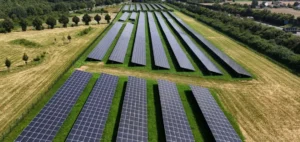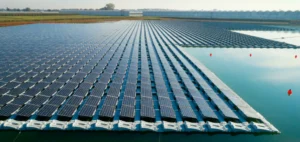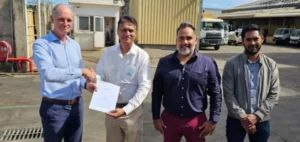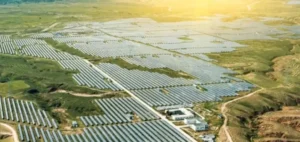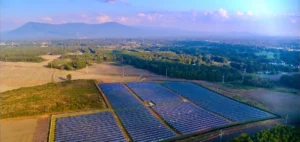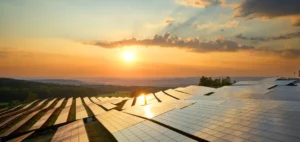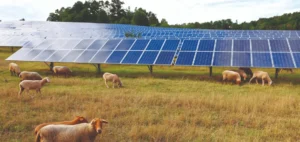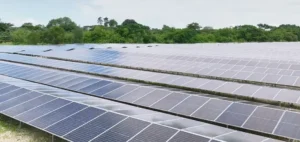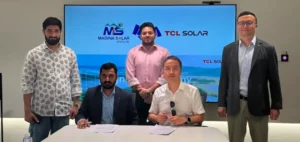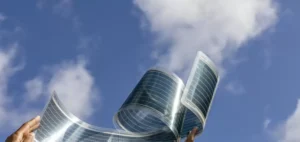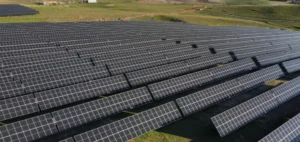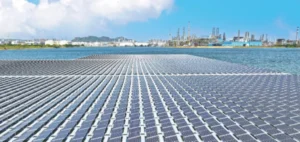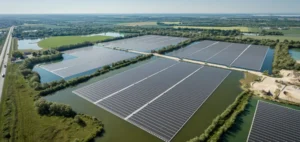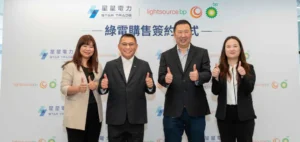Globeleq, Africa’s leading independent power company, has agreed to purchase Scatec A.S.A.’s 52.5% stake in the 41 MW Mocuba solar photovoltaic power plant.
Major acquisition: Globeleq becomes Mozambique power plant operator
Globeleq will also purchase 22.5% of KLP Norfund Investments A.S. shares in the plant. On completion of these transactions, Globeleq will hold 75% of the shares in Mocuba and will become the owner and manager of the plant. Electricidade de Moçambique (EDM), the national electricity company, will retain the remaining 25%.
The Mocuba power plant is located on 126 hectares in a rural setting about 13 km from the town of Mocuba in Zambezia province, central Mozambique. The project reached financing in March 2018 and construction was completed in August 2019. EDM is the power purchaser under a 25-year power purchase agreement. The electricity generated is supplied to the national grid.
The International Finance Corporation and Emerging Africa Infrastructure Fund are the project’s lenders. This acquisition will enable Globeleq to significantly expand its operational presence in Mozambique, where the company is currently commissioning a 19 MW and a 7 MW solar energy storage project in Cuamba. And to build a 450 MW gas-to-electricity conversion project at Temane. Globeleq is also leading the development of a 120 MW wind power project in Namaacha, near Maputo.
Globeleq consolidates its position in Africa
Regulatory bodies must approve the Mocuba operation. As well as lenders and is expected to close in the first half of 2024. Following the completion of this transaction and the commissioning of the Cuamba solar plant, Globeleq’s solar portfolio in Africa will be close to 400 MW in South Africa, Egypt, Kenya and Mozambique.
Mike Scholey, CEO of Globeleq, said, “I am delighted that Globeleq continues to strengthen its presence in Mozambique with the purchase of the Mocuba solar plant. This acquisition, in addition to our other projects, demonstrates our commitment to Mozambique and the development of our renewable energy portfolio in Africa.”
About Globeleq Globeleq, owned 70% by British International Investment and 30% by Norfund, is the leading developer, owner and operator of power generation in Africa. Since 2002, its team of experienced professionals has built up a diversified portfolio of independent power plants. Generating over 1,500 MW at 14 sites in 6 countries, with a further 722 MW under construction and over 2,000 MW of power projects under development.


